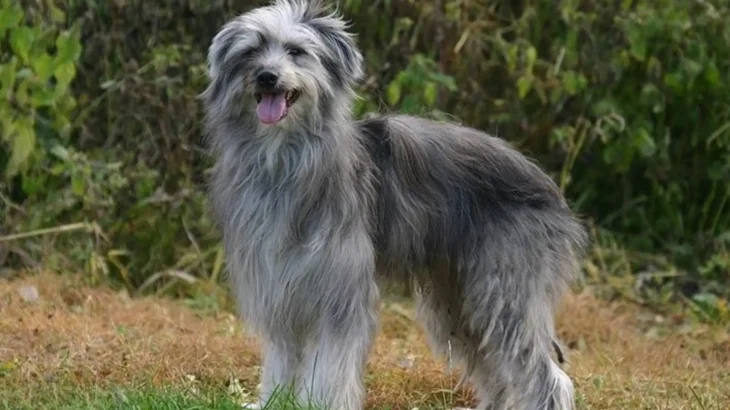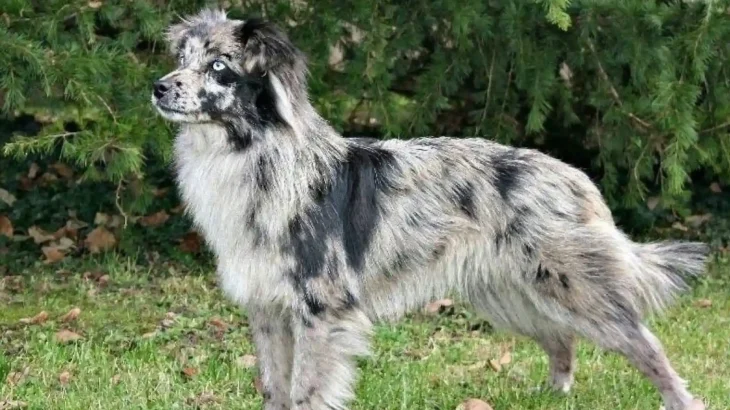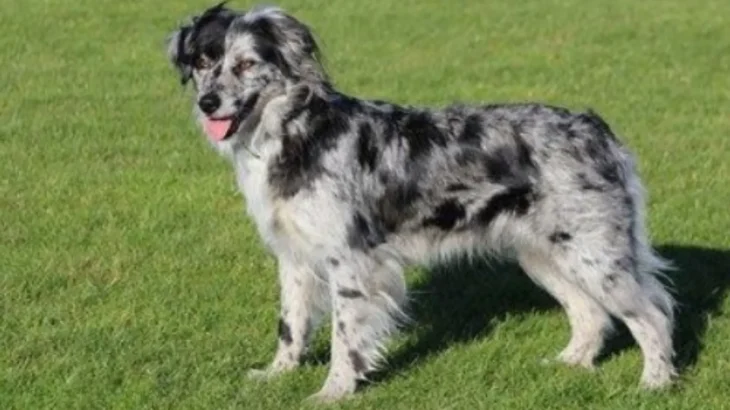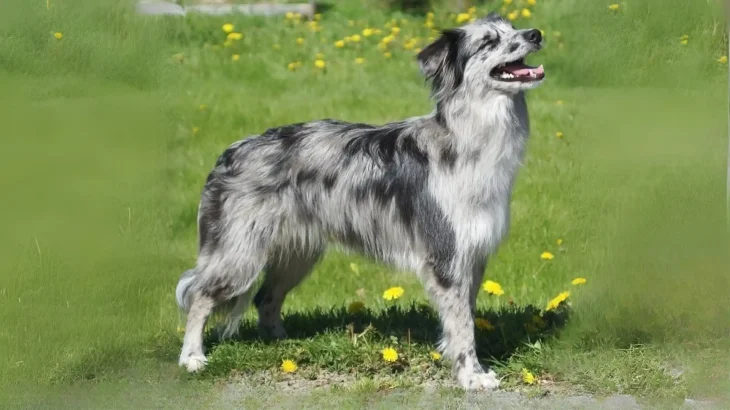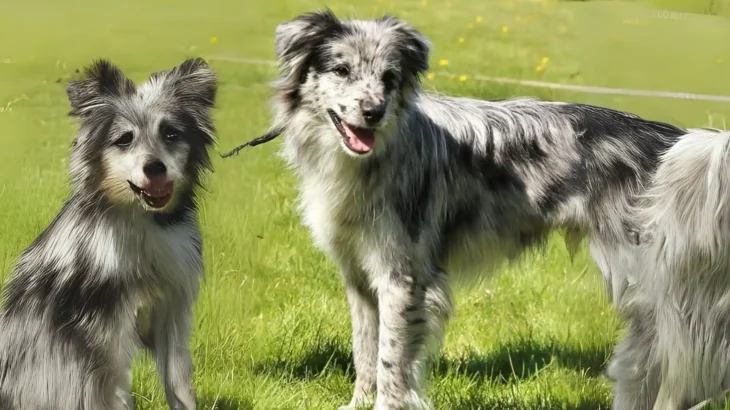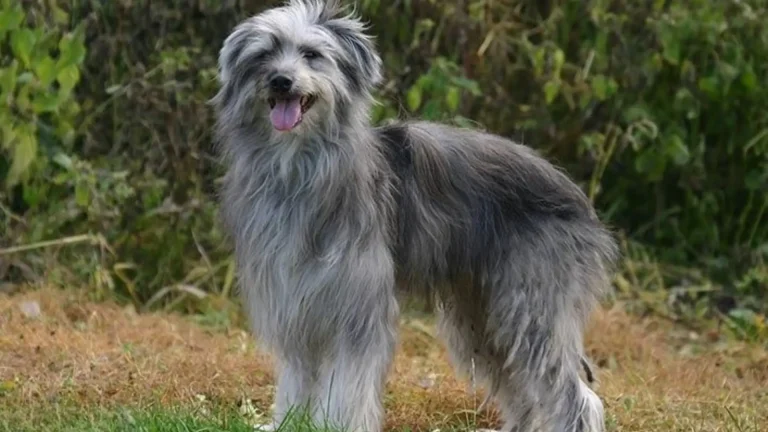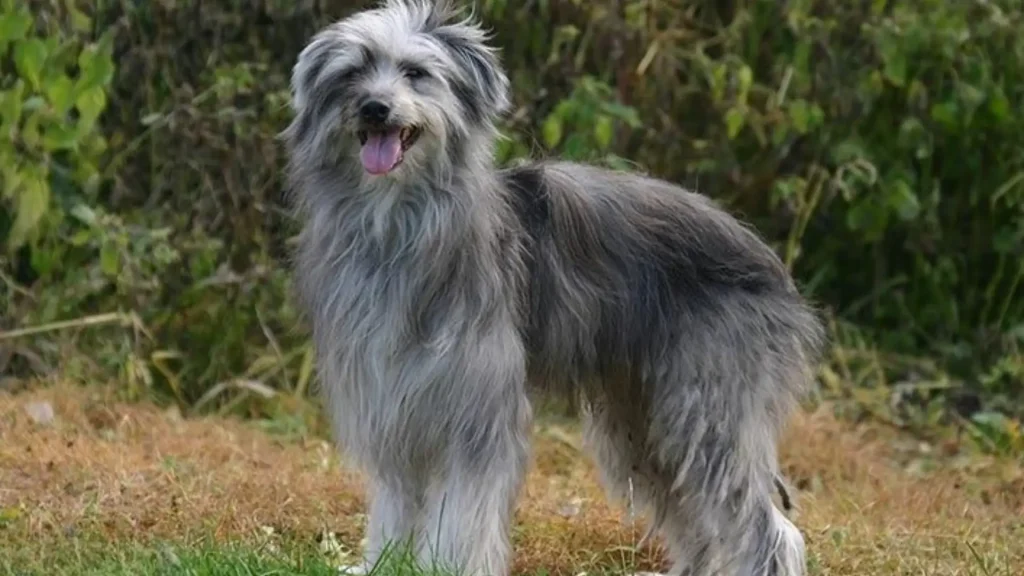Choosing whether to buy or adopt a Pyrenean Shepherd puppy depends largely on your priorities concerning health information, ethical considerations, and support after adoption or purchase. Purchasing from a breeder often offers detailed knowledge about the puppy's lineage and health, while adoption may involve rescuing a dog with an uncertain background but supports animal welfare.
Adoption vs. Breeder: Pros & Cons
| Criteria | Buying from Breeder | Adopting from Shelter/Rescue |
|---|---|---|
| Cost | Typically higher initial cost due to breed purity and pedigree. | Usually lower adoption fees with basic vet care included. |
| Health History | Comprehensive health records and genetic screening often provided. | Health history might be limited or unknown; shelter may perform basic checks. |
| Age Availability | Mostly puppies, allowing you to raise them from early stages. | Varied ages available; sometimes adult dogs needing a home. |
| Temperament Insight | Breeders can share info on lineage temperament traits. | Shelter staff can share behavior observations but background is less certain. |
| Supporting Practices | Supports controlled breeding focused on breed standards. | Supports animal welfare by providing homes to dogs in need. |
| Ethical Considerations | Important to choose ethical breeders who prioritize health and wellbeing. | Helps reduce shelter populations and rescues dogs who need a second chance. |

